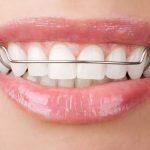Decoding Dog Behavior: Understanding Teeth Chattering in Dogs
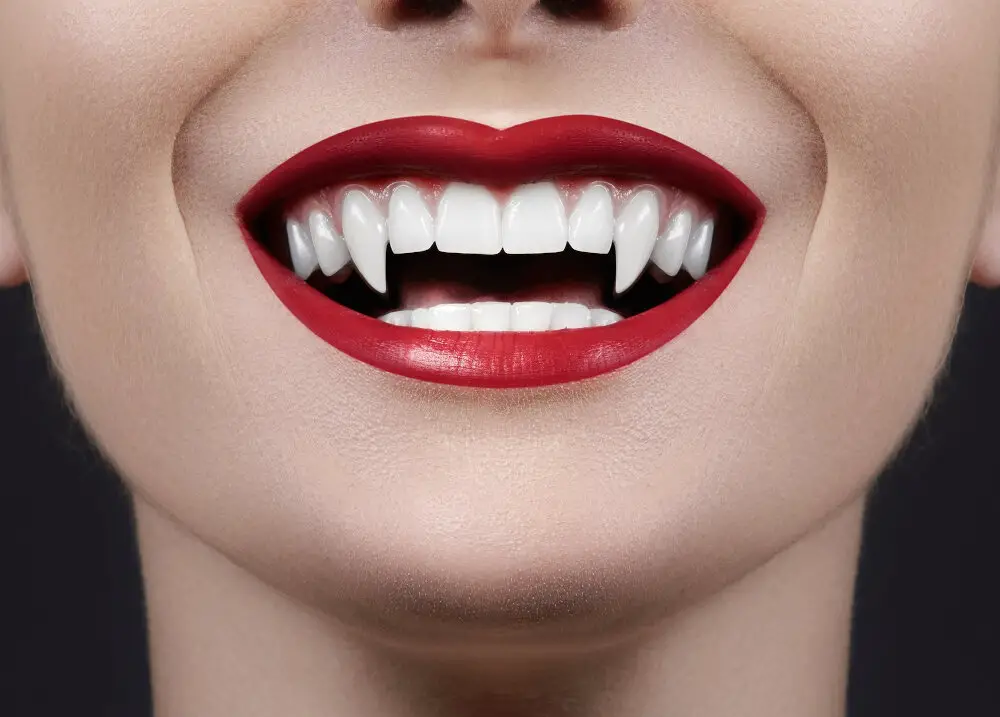
Dogs are one of the most beloved animals on the planet. They are loyal, friendly, and full of energy. However, sometimes their behavior can be confusing and even concerning, especially when it comes to teeth chattering. Teeth chattering is a common behavior seen in dogs, but many pet owners are unaware of what it means or how to interpret it. Understanding this behavior is important to ensure our furry friends receive the care they need. In this article, we will delve into the world of dog behavior to decode teeth chattering in dogs. Teeth chattering is a common behavior that occurs when dogs are excited, anxious, or afraid. It’s a rapid movement of the jaw that makes a clacking sound, similar to a person’s teeth chattering from cold. Many owners mistake this behavior for a sign of aggression or teeth problems, but in most cases, it’s a sign that something else is going on. Dogs use a variety of body language to communicate with their owners, and teeth chattering is just one of the many ways they do it. By learning to decode this behavior, we can better understand our furry friends and provide them with the care they need.
Teeth chattering in dogs is a behavior that is often noticed when a dog is cold, anxious, or excited. It is a rapid movement of the jaw that produces a clicking or chattering sound. When dogs are cold, they may shiver and chatter their teeth to generate heat and warm up their body. In contrast, when they are anxious or excited, teeth chattering may indicate a nervous or apprehensive state. Dogs may also chatter their teeth when they anticipate something they desire, such as a treat or a walk. Teeth chattering is a common behavior in dogs and can be an indicator of their emotional state. Understanding why your dog is chattering their teeth can help you address their needs and provide them with proper care and attention.
Understanding dog behavior is crucial for any dog owner, as it helps to build a stronger bond between the pet and its owner. Dogs are highly social animals and often communicate their emotions and feelings through their body language and vocalizations. By learning to interpret a dog’s behavior, owners can better understand their pet’s needs and provide appropriate care and attention. This can also prevent potentially dangerous situations, as certain behaviors can indicate aggression or fear. In the case of teeth chattering, it is important to understand that this behavior can have various meanings depending on the context and the individual dog. By decoding this behavior and other forms of communication, dog owners can ensure their pet’s well-being and strengthen their relationship.
What Causes Teeth Chattering in Dogs
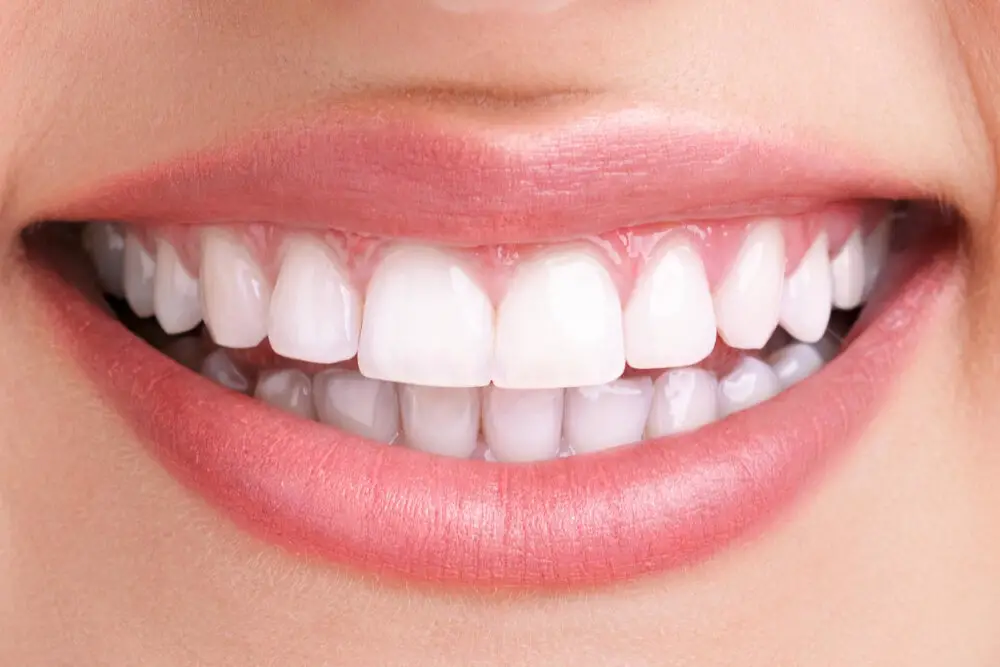
Teeth chattering is a common behavior in dogs that can be caused by various factors. One of the most common reasons for teeth chattering in dogs is anxiety or fear. When a dog is nervous or scared, they may begin to shake or shiver, and their teeth may start to chatter. This behavior is a sign that the dog is experiencing stress and is trying to cope with it. Additionally, dogs may also chatter their teeth when they are cold or in pain. Just like humans, dogs may shiver and shake when their body temperature drops, and their teeth may start to chatter as a result. Similarly, dogs may also chatter their teeth when they are experiencing pain, such as dental pain or an injury. Another possible reason for teeth chattering in dogs is excitement or anticipation. Dogs may chatter their teeth when they are excited about something, such as going for a walk or receiving a treat. This behavior is often accompanied by other signs of excitement, such as wagging the tail and jumping up and down. Additionally, some dogs may chatter their teeth when they are playing or engaging in other forms of physical activity. This behavior is a sign of high energy and enthusiasm, and it is usually nothing to worry about. Overall, teeth chattering in dogs can be caused by a variety of factors, and it is important to pay attention to other behavior cues to determine the underlying cause.
Teeth chattering is a physical behavior exhibited by dogs that can be indicative of a variety of underlying reasons. One of the most common reasons that dogs chatter their teeth is cold weather. This is because when dogs get cold, their muscles start to contract, and this can create a vibration that causes the teeth to chatter. Pain is also another reason that dogs might chatter their teeth. If a dog is in pain, it may be trying to distract itself from the discomfort by chattering its teeth. Finally, excitement is another reason that dogs may chatter their teeth. If a dog is feeling excited or stimulated, it may begin to chatter its teeth as a way to release the energy. By understanding the physical reasons behind teeth chattering in dogs, pet owners can be more attuned to their pet’s needs and behaviors.
Teeth chattering is a common behavior in dogs that can be indicative of several underlying psychological factors. One of the primary reasons for this behavior is anxiety or fear. Dogs may chatter their teeth when they feel nervous or stressed, such as when they are in a new environment or encounter an unfamiliar person or animal. This behavior is also commonly seen in dogs that have separation anxiety, as they may become anxious and start chattering their teeth when left alone. Additionally, teeth chattering can be a sign of excitement or anticipation, particularly when dogs are about to receive a treat or go for a walk. Understanding the psychological reasons behind teeth chattering can help pet owners better interpret their dog’s behavior and provide them with the necessary support and care.
When Does Teeth Chattering Occur in Dogs
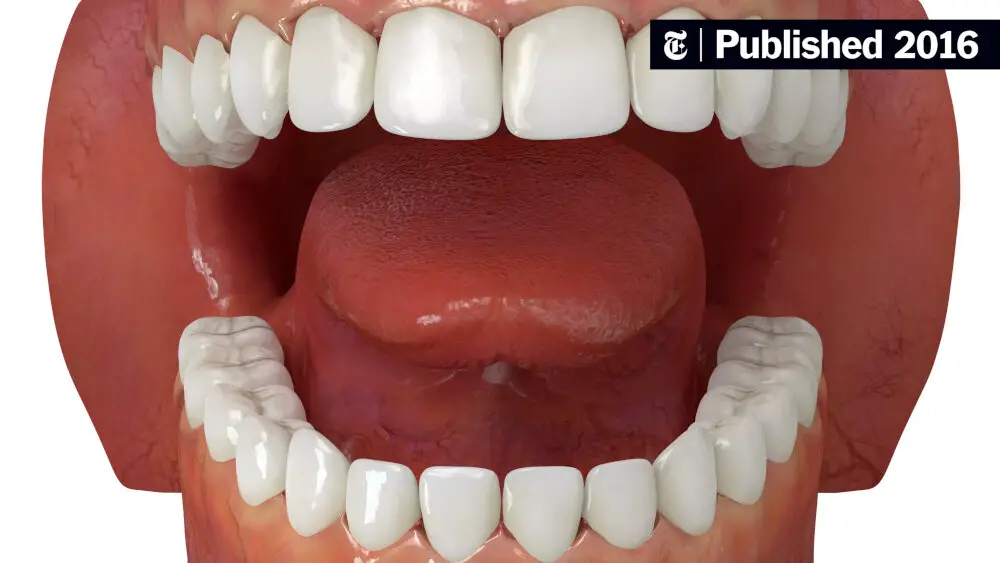
Teeth chattering is a common behavior exhibited by dogs. It is a rapid movement of the jaw muscles that causes the teeth to grind together, resulting in a clicking sound. This behavior can occur for various reasons, including anxiety, excitement, fear, and even physical discomfort. Dogs may also chatter their teeth when they are cold or experiencing pain. It is essential to understand the underlying cause of the behavior to address it effectively. For instance, if your dog is chattering their teeth due to anxiety, you can try to calm them down by offering a safe and comfortable environment. Teeth chattering can also occur when dogs are in pain or experiencing discomfort. If you notice your furry friend chattering their teeth, it could be an indication of a dental issue. Dogs may chatter their teeth due to tooth decay, gum disease, or even a cracked tooth. In such cases, it is crucial to seek veterinary attention immediately. Additionally, teeth chattering can also indicate neurological problems or seizures. Therefore, it is vital to observe your dog’s behavior and consult with a veterinarian to rule out any underlying medical conditions. Understanding the reasons behind teeth chattering in dogs can help dog owners identify the underlying issue and provide the necessary treatment or care.
Teeth chattering in dogs is a common behavior that can occur in a variety of situations. One of the most common situations where dogs may chatter their teeth is during playtime or when they are feeling excited. Dogs may also chatter their teeth when they are feeling anxious or stressed, such as during a visit to the vet or when they are in a new environment. Other potential triggers for teeth chattering in dogs include cold temperatures, pain or discomfort, and certain medical conditions. As such, it’s important for dog owners to pay attention to their pet’s behavior and body language in order to better understand what may be causing their teeth to chatter, and to take appropriate action to address any underlying issues.
Teeth chattering in dogs can be a sign of various reasons such as anxiety, fear, excitement, or even health issues. It is important to pay attention to the context in which your dog is chattering their teeth. If they are in a stressful situation, such as at the vet or during a thunderstorm, it may be a sign of anxiety or fear. On the other hand, if they are playing or anticipating a treat, it may be a sign of excitement. Additionally, if your dog is chattering their teeth frequently or for prolonged periods, it may be a sign of dental problems or pain. By observing your dog’s behavior and context, you can better understand the reason behind their teeth chattering and address any underlying issues.
What Does Teeth Chattering Mean in Dogs
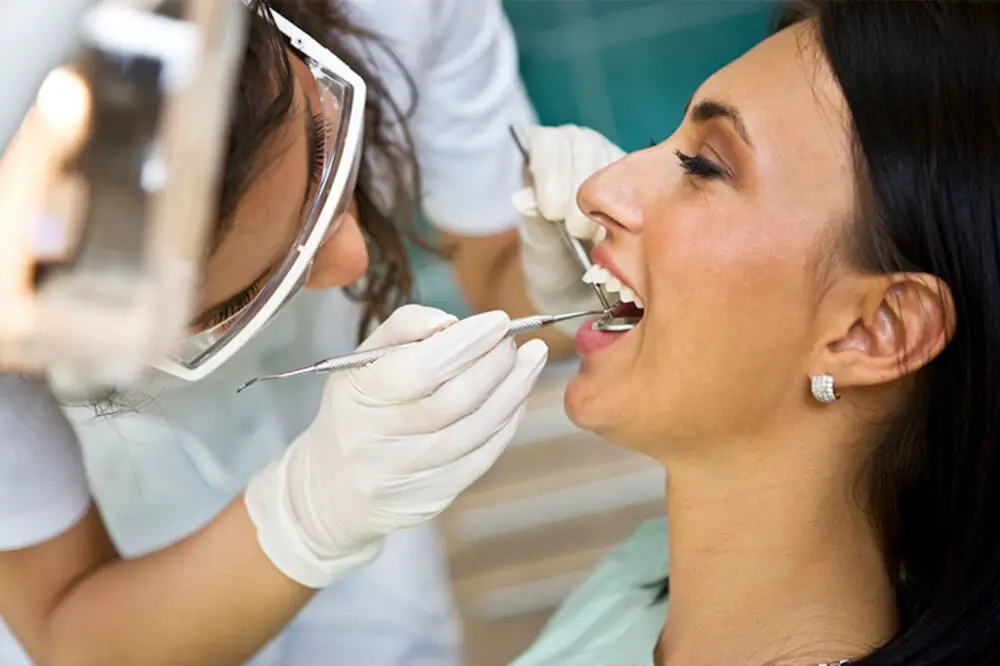
Teeth chattering in dogs is a common behavior that can be triggered by a variety of factors. It is a rhythmic and rapid movement of the jaw and teeth, which produces a clattering sound. While it may seem harmless, teeth chattering can signify various emotions and physical states in your furry friend. For instance, dogs may chatter their teeth when they are cold or anxious. Similarly, some dogs may also chomp their teeth when they are excited or nervous. It is essential to understand the reasons behind your dog’s teeth chattering to ensure that their needs are met. One of the most common reasons for teeth chattering in dogs is cold weather. When dogs are exposed to low temperatures, they may shiver and chatter their teeth to generate warmth. However, if your dog is chattering their teeth in warm weather, it could signify anxiety. For instance, if you are visiting the vet, and your dog is nervous, they may chatter their teeth as a sign of discomfort. Additionally, some dogs may chomp their teeth when they are excited or happy, such as when they are playing with their favorite toys or engaging in outdoor activities. Therefore, observing your dog’s body language and the context of their behavior can help you understand the meaning behind their teeth chattering.
Dogs are known to communicate through various body language cues, and teeth chattering is one such behavior that can be interpreted in different ways. If a dog is chattering its teeth while also exhibiting other signs of fear, such as cowering or hiding, it may indicate that the dog is feeling anxious or scared. On the other hand, if a dog is growling or showing other signs of aggression while chattering their teeth, it could be a warning sign of an impending attack. Additionally, teeth chattering can also be a sign of nervousness or excitement, such as when a dog is anticipating a treat or a walk. Understanding the context and accompanying behaviors can help dog owners and handlers interpret their dogs’ teeth chattering and respond appropriately.
Teeth chattering in dogs can be a sign of a few different things. If your dog is chattering their teeth when they’re excited, it could be a sign of anticipation or anxiety. In this case, it’s important to keep your dog calm and try to reduce their stress levels. However, if your dog is chattering their teeth when they’re cold or shivering, you’ll want to make sure they’re warm enough. This could mean adding extra blankets to their bed or investing in a dog sweater. It’s always important to pay attention to your dog’s body language and behavior to better understand what they’re trying to communicate.
How to Prevent Teeth Chattering in Dogs
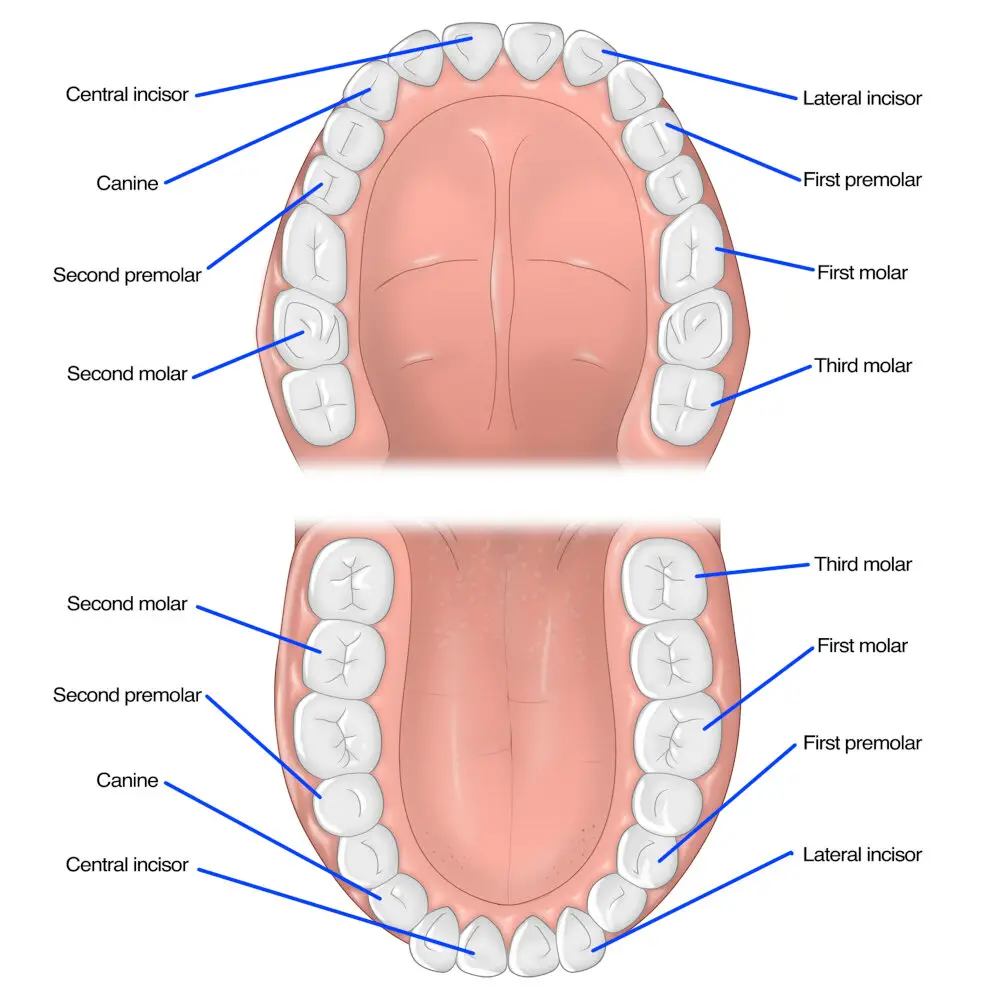
Teeth chattering or trembling in dogs is a common behavior that can signify various emotions such as excitement, fear, or anxiety. While this behavior may seem harmless, it can indicate underlying health issues that require attention. To prevent teeth chattering in dogs, it’s essential to first identify the root cause of the behavior. If the behavior is due to anxiety or stress, it’s crucial to create a peaceful and calm environment for your pet. You can also consider using calming aids such as pheromone diffusers, calming collars, or natural remedies like lavender oil. Additionally, you can try to desensitize your pet to the source of the anxiety by gradually introducing it in small doses and rewarding positive behavior. Dental problems can also cause teeth chattering in dogs. Therefore, it’s vital to take care of your pet’s dental health by regularly brushing their teeth, providing dental chews, and scheduling regular check-ups with your veterinarian. In some cases, the behavior may be due to the cold weather, and you can prevent it by keeping your dog warm with a coat or sweater. Finally, if your pet’s teeth chattering is due to excitement, you can redirect their energy by engaging them in physical activity or training sessions. Overall, preventing teeth chattering in dogs requires understanding the underlying cause of the behavior and addressing it appropriately.
Teeth chattering in dogs can be a sign of discomfort, pain, or anxiety. Fortunately, there are several ways to prevent this behavior and keep your furry friend happy and healthy. One of the most important things you can do is to keep your dog warm and comfortable, especially during the colder months. This can be achieved by providing them with a cozy bed, warm blankets, and even a sweater or coat when going outside. Additionally, reducing anxiety through exercise, mental stimulation, and socialization can also help prevent teeth chattering. Regular exercise can help release endorphins and reduce stress levels, while socialization can help your dog feel more comfortable and confident in new situations. By taking these steps, you can help ensure that your dog remains happy and healthy, and free from unwanted teeth chattering.
Regular veterinary checkups are crucial for a dog’s overall health and well-being. During these checkups, a veterinarian can detect any potential health issues early, allowing for prompt treatment before they become more serious. Additionally, regular checkups can help prevent certain health problems from developing in the first place, such as dental disease, which can lead to teeth chattering in dogs. A veterinarian can also provide guidance on proper nutrition, exercise, and other aspects of a dog’s care. By staying up-to-date on veterinary checkups, dog owners can ensure that their furry companions live long, healthy lives.
In the article \Decoding Dog Behavior: Understanding Teeth Chattering in Dogs,\ the author explores the reasons why dogs may chatter their teeth. Teeth chattering can be a sign of excitement, anxiety, or even aggression. It can also be a way for dogs to communicate with each other, as well as with their human companions. The article discusses different situations where teeth chattering may occur, such as during playtime or when meeting new dogs. The author also provides tips for pet owners on how to decipher their dog’s body language and understand their overall behavior. By understanding the various reasons why dogs chatter their teeth, pet owners can better communicate with their furry friends and provide them with the care and attention they need.
Understanding and responding to dog behavior is crucial for every dog owner as it helps build a strong bond between the dog and its owner. One such behavior is teeth chattering, which is often misunderstood and ignored by many dog owners. Teeth chattering in dogs can be a sign of excitement, anxiety, fear, or even pain. It is important to understand the context in which the behavior is exhibited and respond accordingly. Ignoring teeth chattering can lead to further anxiety or fear in the dog, which can worsen the situation. Therefore, it is important to pay attention to your dog’s behavior, including teeth chattering, and respond appropriately to ensure a happy and healthy relationship between you and your furry friend.
Conclusion
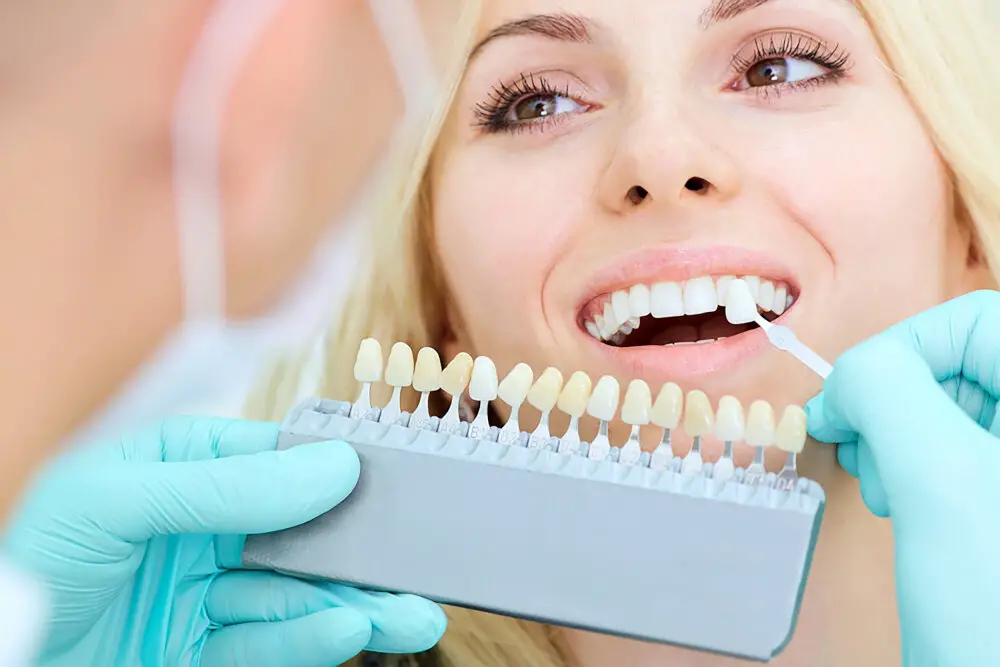
In conclusion, understanding dog behavior is crucial for any dog owner or lover. Teeth chattering in dogs can be a sign of various emotions, including fear, excitement, or anxiety. It’s essential to observe other signs and body language to determine the context and underlying cause of teeth chattering in dogs. As responsible pet owners, we should strive to provide a safe and comfortable environment for our furry friends, knowing their body language can help us achieve this. Therefore, being aware of teeth chattering and other dog behaviors can improve our relationship with them and ensure their well-being.






